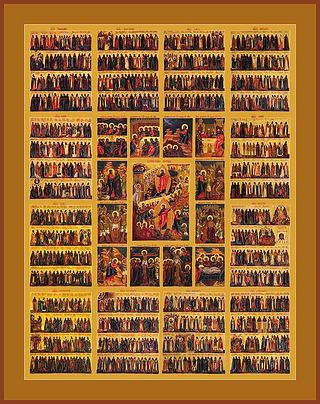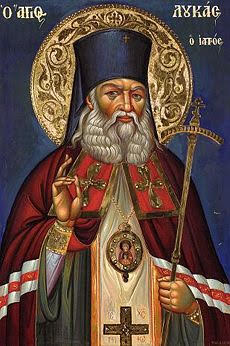 Commemorated November 15, December 13/25, and July 27/August 8
Commemorated November 15, December 13/25, and July 27/August 8
(1751–1836)
The following Life is based on the original Valaam Life commissioned in 1864 by Abbot Damascene, and incorporates changes based on recent research.
Saint Herman of Alaska was born in 1751 in a village of the province of Voronezh, Russia, into a very devout peasant family. His name before monasticism was Yegor Ivanovich Popov. It is known that one of his relatives ended her days as a nun of the well-known Monastery of the Passion in Moscow. From his early youth Yegor was a pious boy, and he made several pilgrimages to the Sarov Monastery. During his childhood he stayed for a time in the cell of the elder and asceticVarlaam of Sarov (†1764), the spiritual father of Hieromonk Nazarius, the future abbot of Valaam Monastery. Little is known ofthe early period of Fr. Herman’s life. A story about him was told by his friend, monk Theophan.[1] “Fr. Herman (he is now in America) at a young age lived in the wilderness with Fr. Varlaam. Fr. Varlaam once departed for a short time, leaving the youngster—he was twelve years old—alone. It happened that some people gathering mushrooms in the forest became lost and came across the cell of the desert dwellers. When Yegor emerged to meet them, they were frightened by him—so unusual did his presence in the forest seem to them.”[2]

 On this day, the Sunday after Pentecost, we celebrate the feast of all the Saints from throughout the inhabited world, in Asia, Libya and Europe, in North and South.
On this day, the Sunday after Pentecost, we celebrate the feast of all the Saints from throughout the inhabited world, in Asia, Libya and Europe, in North and South. Saint Luke, Bishop of Simferopol and Crimea, the Blessed Surgeon, was born Valentin Felixovich Voino-Yasenetsky (Валентин Феликсович Войно-Ясенецкий, polish spelling Wojno-Jasieniecki; Ap
Saint Luke, Bishop of Simferopol and Crimea, the Blessed Surgeon, was born Valentin Felixovich Voino-Yasenetsky (Валентин Феликсович Войно-Ясенецкий, polish spelling Wojno-Jasieniecki; Ap